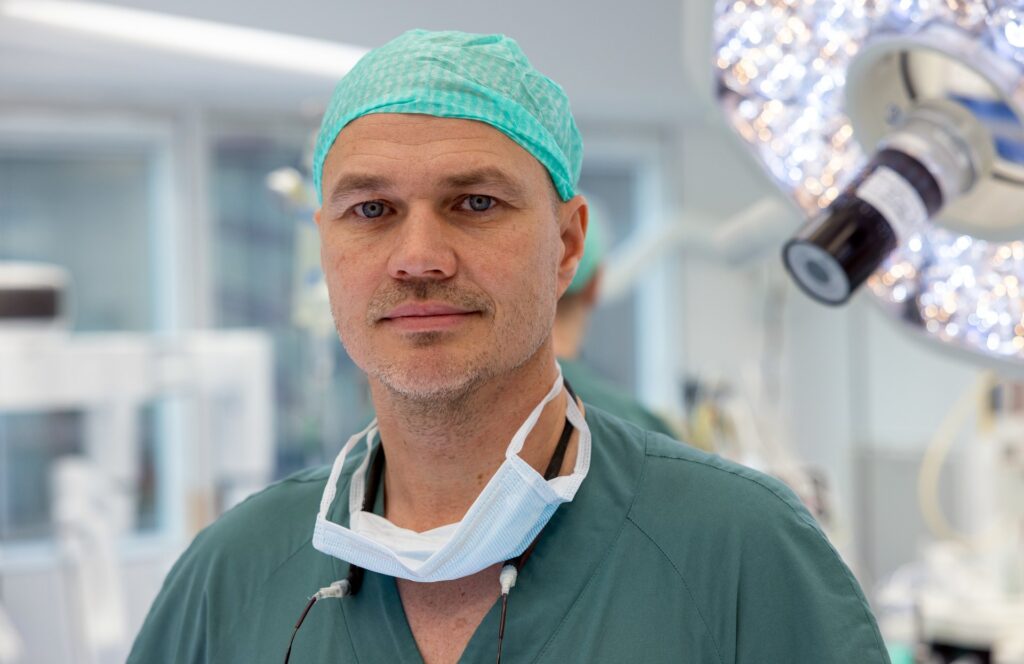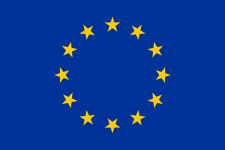About

From research to Startup
Navari is a MedTech Startup located in Gothenburg, Sweden, developing a visualization technology for minimally invasive cancer surgery, with the aim of facilitating the transition from open surgery. The company originated as an innovative technology spinout from Chalmers University of Technology and Sahlgrenska University Hospital in Gothenburg, Sweden. Initially conceived as a multidisciplinary project between the two universities, the project underwent validation and was then introduced to Chalmers School of Entrepreneurship, where current CEO and COO first became involved. Their commitment and vision for the project’s future led to the formal incorporation of Navari in June 2021. Currently, Navari is developing its first product which is dedicated to the initial target market of liver cancer.
Originating from clinical need
The concept behind Navari’s technology originates from MD/PhD. Niclas Kvarnström and his daily challenges when locating- and operating cancer tumors during minimally invasive liver surgery. The limited visibility during such surgeries significantly complicates the procedures and represents a fundamental obstacle in the broader adoption of minimally invasive cancer surgery. Together with MD/Prof. Mårten Falkenberg, Dr. Kvarnström began exploring various solutions to this problem and quickly realized that there were no suitable products available on the market. This realization sparked the idea of developing an augmented reality tool to better overcome these hurdles. Collaborating with mathematics experts Prof. Klas Modin and Prof. Torbjörn Lundh, they laid the groundwork for what is known today as Navari.

Current status
2022
Patent filed
In 2022, Navari filed its first patent for the completely novel single-use device. A second patent, relating to the Navari technology system, was filed in May 2024.
2022
Pre-seed
2023
PoC in vivo achieved
In September 2023, Navari successfully conducted a preclinical study, validating the technology and achieving Proof of Concept in vivo.
